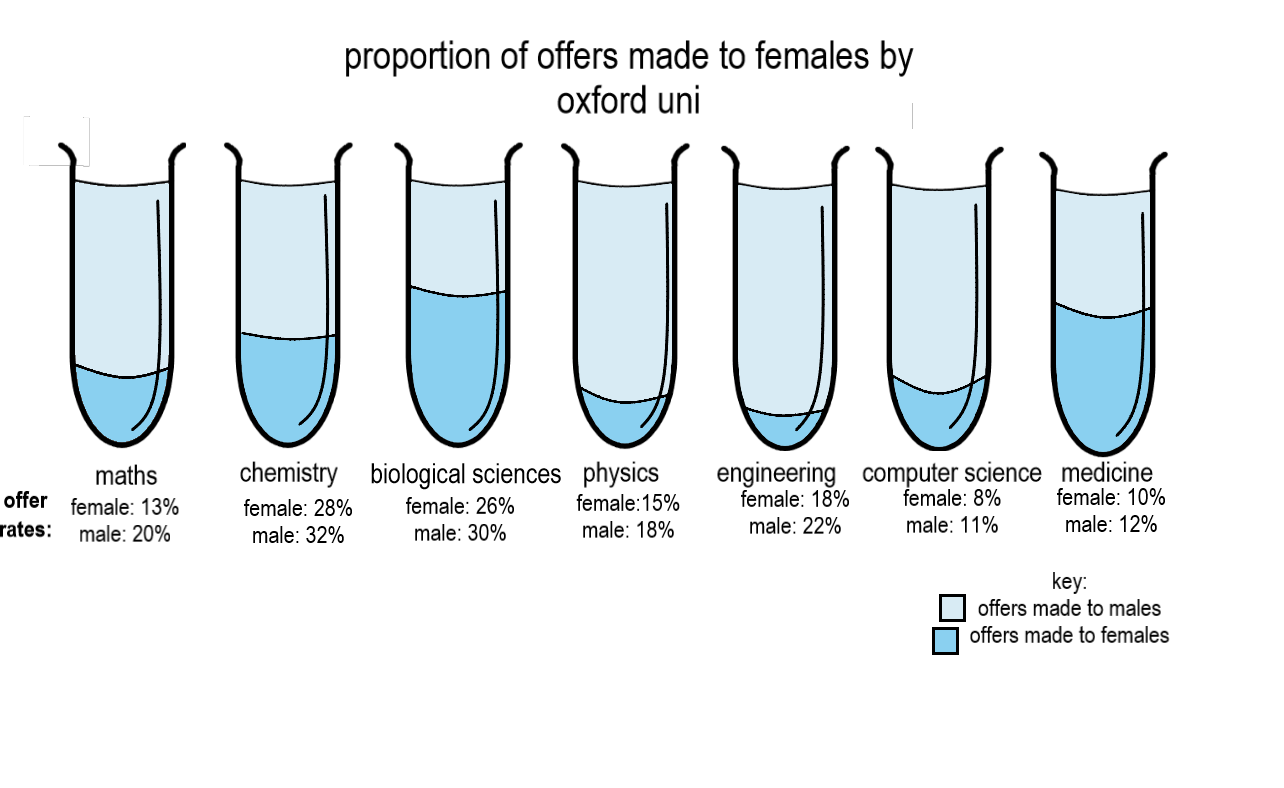Two weeks ago, my dad sent me a text that read: “Mercury out of retrograde! Hopefully car will be sorted soon :))”. For those of you who don’t know, which I have to assume is the majority of you, when Mercury appears to be travelling backwards in the sky things like buses, trains, and in this case cars, will tend to go wrong. Forgetting to attach a document to an email, your bike getting a puncture, or being late to your tute three weeks in a row despite your best efforts, can also all be nicely attributed to a Mercury Retrograde. Or at least can be for me. Convenient, isn’t it?
Now my dad is a rational, intelligent, middle-aged economist, who you would think might know better than putting his faith into something as silly as astrology. Most people don’t. “How can the stars effect my life? Horoscopes are so vague they could apply to anyone! How can you have the same personality as a whole twelfth of the population?” they cry. And I hear them, I do. And I know they’re right. But still, each day I check what’s in store for all us Virgos (despite the fact that I don’t even slightly resemble a typical one). I am also immediately suspicious of anyone born from the 21st of May to the 20th of June since they are a notoriously snakey Gemini. I’ve lived my life this way since I had my subscription to the ill-fated, horoscope heavy “Girl Talk” magazine at the age of nine. Here is why and why I think you should to, or at least stop taking the piss out of me for it.
First of all, it’s hard to know who you are, so sometimes it’s nice to be told. Is it any wonder that the front-runners of children’s and young adult literature are full of worlds where people are nicely put into groups, from the Hogwarts houses to the Divergent factions. Knowing that you’re a Ravenclaw (because we can’t all be Gryffindors) gives you at least some sort of sense of identity when you’re ten years old and don’t understand why none of your classmates like reading as much as you.
Once people think (mistakenly, in the case of Harry Potter) that they are a bit too old for that, they turn to personality tests like the Myers-Briggs or the Enneagram. Being reduced to a series of letters can be very comforting: you feel understood and important. And while you are ‘deeply’ and individually analysed by a talking hat or questions you’ve answered in a fifteen minute procrastination break, how different are they really to being given a set of traits according to your date of birth.
There are always at least elements that are true. Either way, they promote some sort of self-reflection. At least if you know that you’re nothing like the Taurus you’re supposed to be, then you know what you’re not. This can be just as helpful as going “that’s so me!” as you read how the position of the moon twenty or so years ago has made you have commitment problems. And while it’s always best to take responsibility for who you are and what you do, it is nice to very occasionally inwardly excuse yourself for having such a temper because you’re a hot-head fire sign or for being such an emotional mess because you’re an ultra-sensitive Pieces or Cancer.
On the other side of astrology is its claim to being able to tell the future. First off, as someone who has indulged in their horoscope for a considerable time, I feel justified and confident in saying that it has proved accurate far more times to be pure coincidence. While waiting to hear if I had an interview here, eighteen-year-old me was ardently checking her horoscope for the up-coming week, all of which were irrelevant. That is except for the Monday of the week following which told me that I would “hear some exciting news via email or the post”. But surely that was too late, as all of my friends also applying had heard already! But low and behold, Susan Miller of astrolgyzone.com was spot on because guess what happened on that very Monday. Even earlier this term, due to Pluto and the moon crossing over in Capricorn, I was told that big news and revelations were coming my way. That evening I discovered that two of my other mates had been secretly dating for the past month (one of them is a Scorpio, so this kind of deceit is only really to be expected).
Yes, all this probably would have happened regardless, but it was nice to be given some sort of a heads-up. Because life is scary! Something weird or terrible could happen any day and we can never prepare for it. And while horoscopes will not tell me to actually wear my helmet next time I cycle down St Giles, they do give you some illusion of being in control, that for some things there is at least some sort of a pattern to help you out and give you, while very vague, some instruction and direction.
And often they’re right too. I was told to take it easy last night since the moon was in my sign. I debated going to Bridge but decided to listen to what the stars (or even moons) were telling me and had a bath and went to bed at ten. And, of course this was the right decision. The fact that it would have been my third night out in a row and that I had a 9am the next day may have contributed too I suppose. Equally, an optimistic encouraging prediction of the day can be just the prompt you need to talk to that person, to volunteer for that role or to go for that position.
And finally, they can help you keep and eye on other people. If I’m particularly worried by a friend or a family member, I often have a read of what they have in store that day, how they might be feeling. While the best way to understand how someone is doing is obviously to talk to them, horoscopes can just be a prompt to check-in on a mate or your mum during their sign’s lunar low or to help them to relax a little if fiery Aries is leaving their constellations.
With astrology you’re either proven right or you can hide behind the fact that it’s only a bit of fun. Whether it’s making a particular effort with people who share your sign’s element or feeling optimistic about work since productive Saturn is entering methodical Capricorn, you leave feeling encouraged or possibly with a warning on an approaching disaster. Either way, you feel ever so slightly more in control. Ultimately, what’s to lose?






